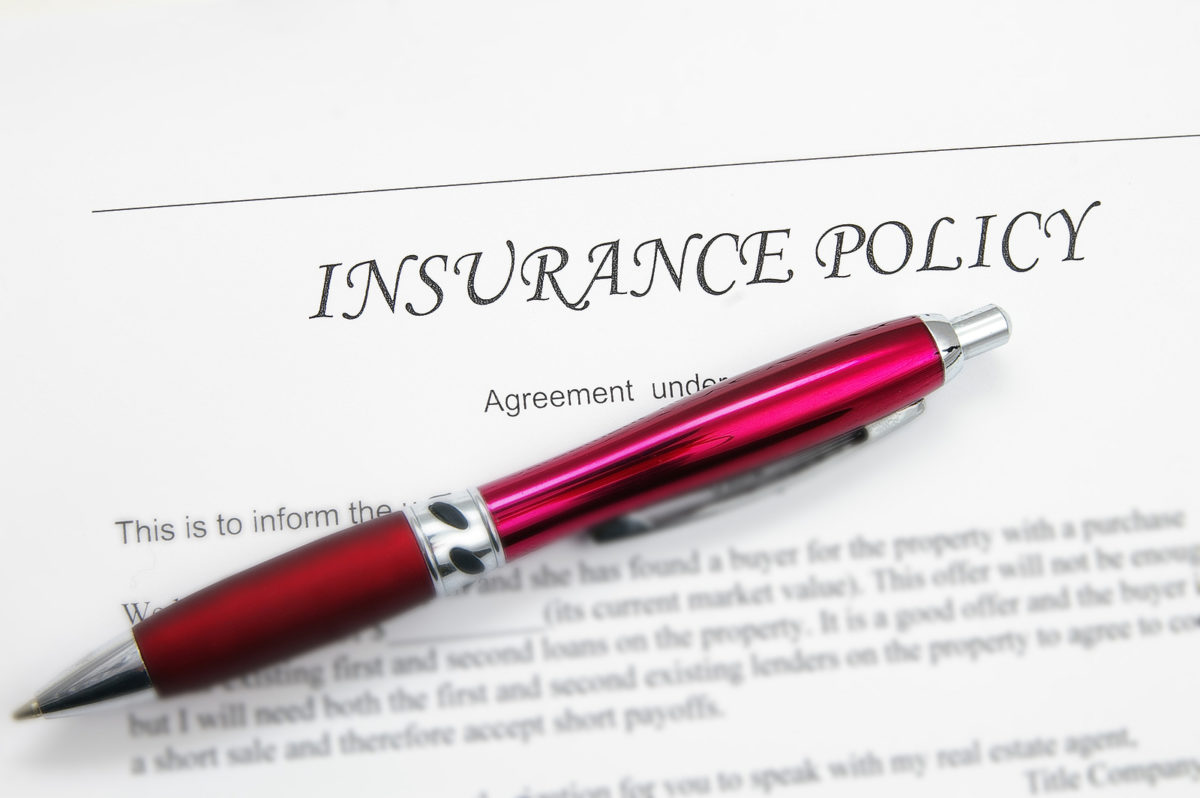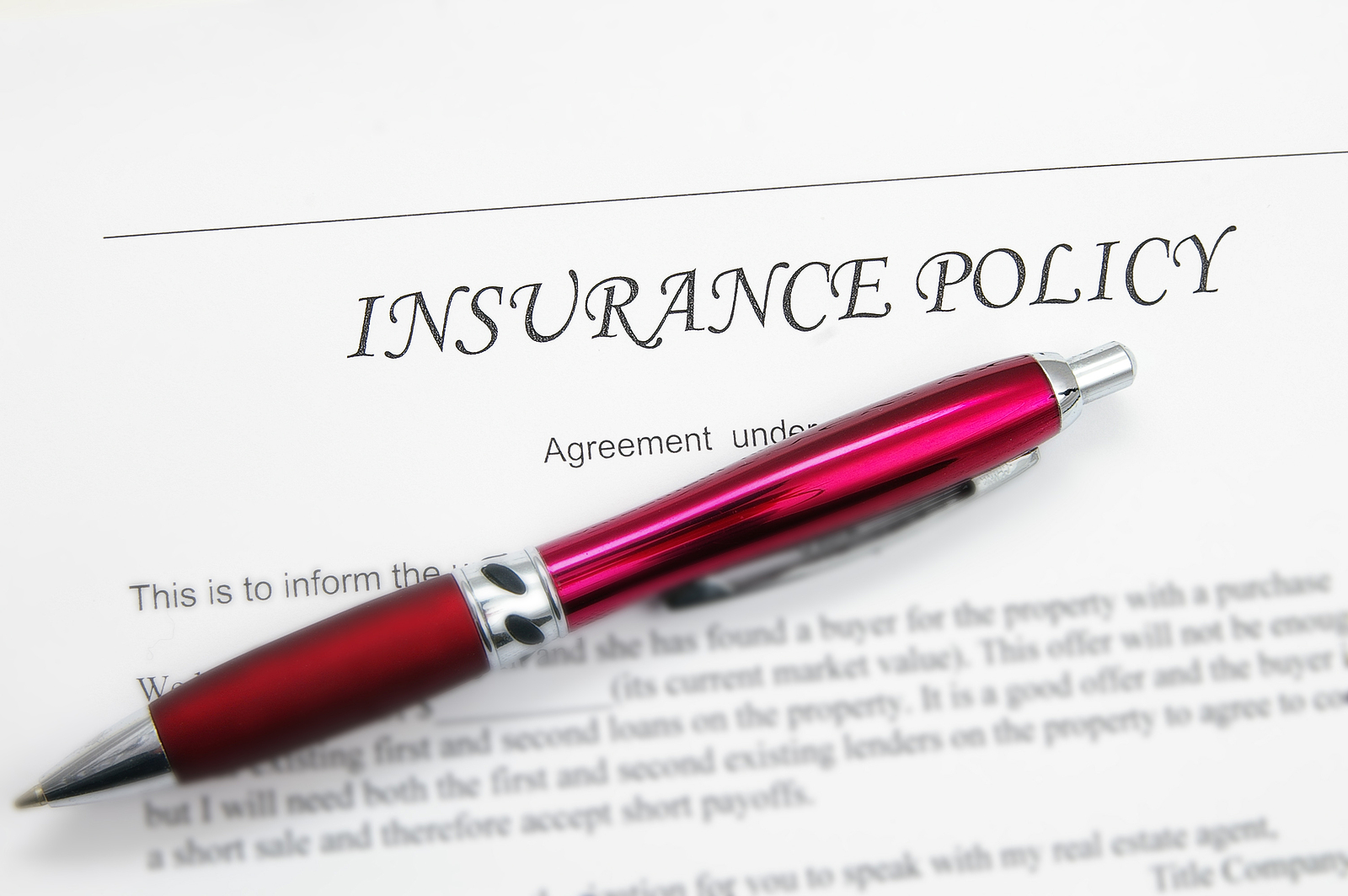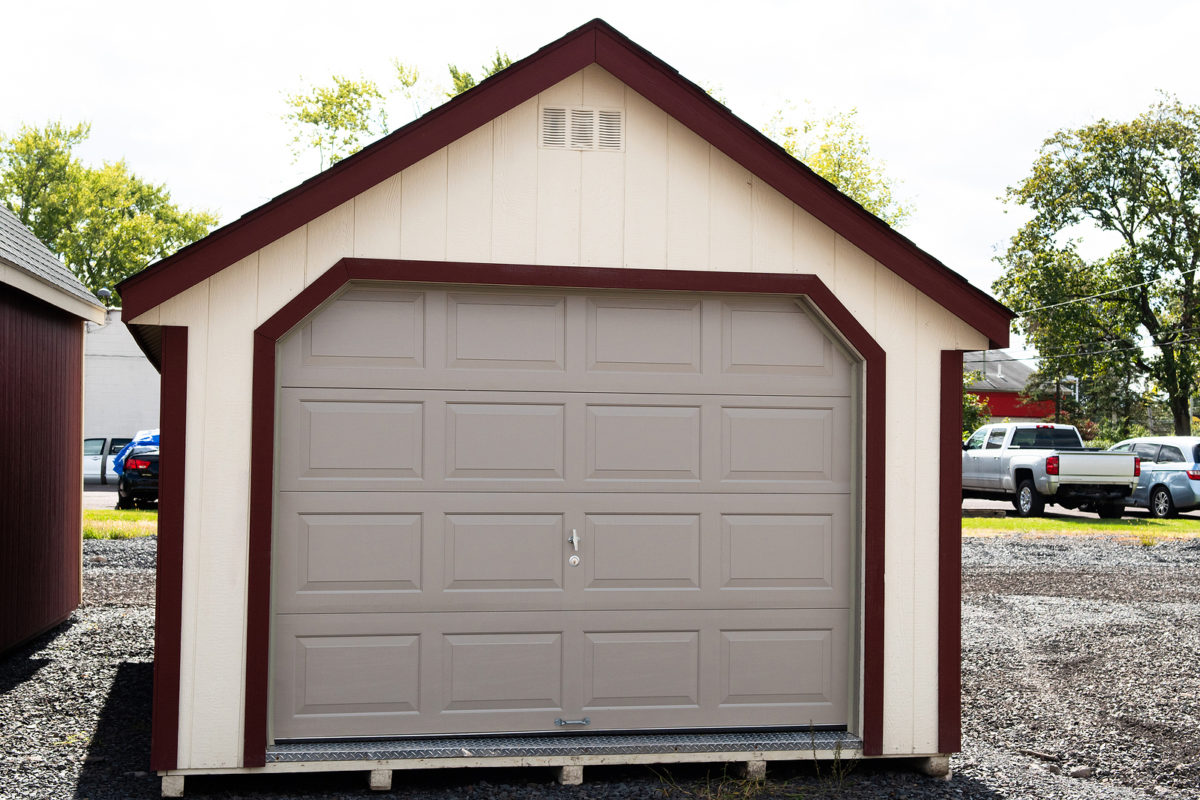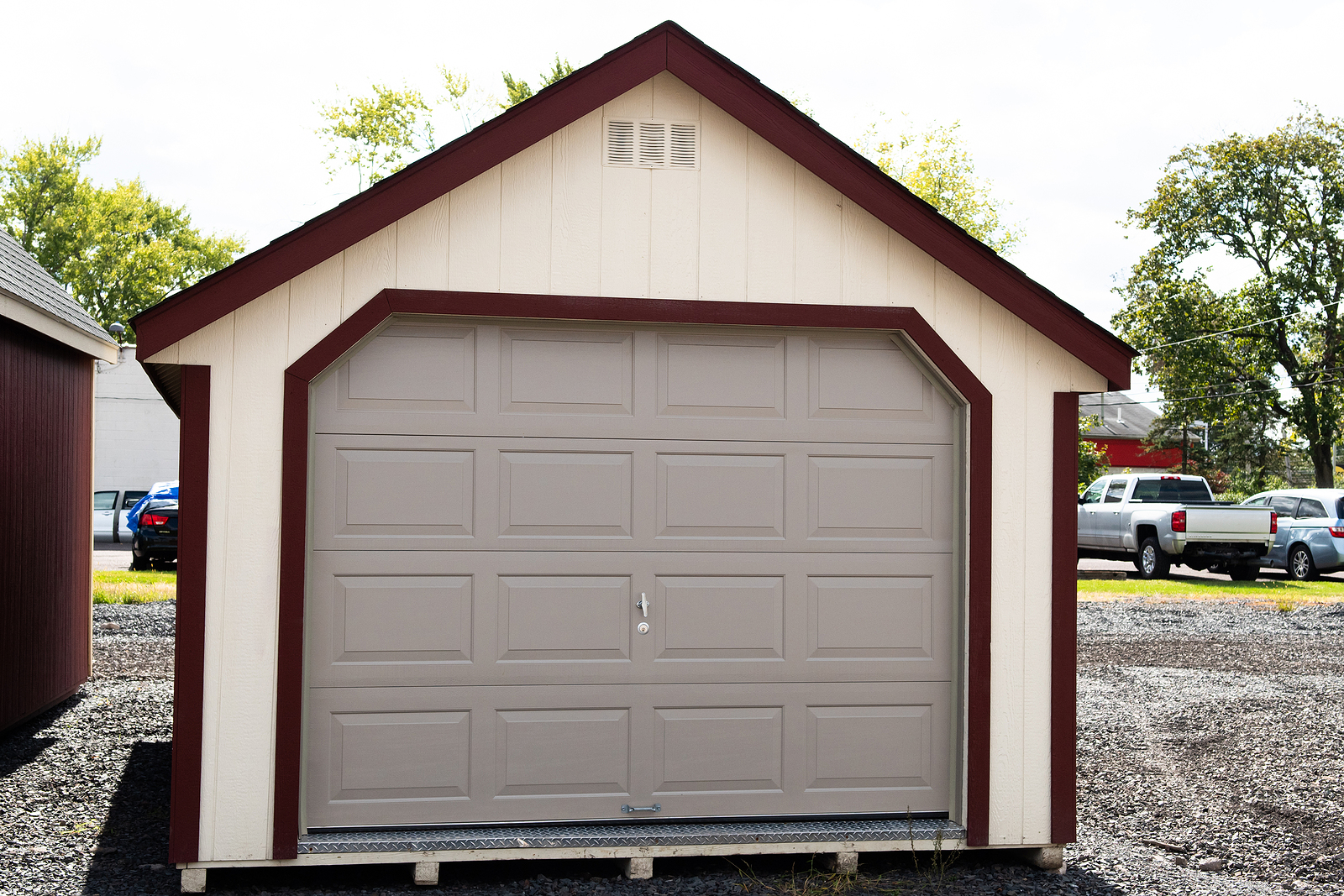
Every industry has its “inside” jargon and the real estate industry is no exception. Some of the lingo, such as “location, location, location” are a snap to decipher, while other terms are downright incomprehensible.
Real estate agents sometimes have a tendency to roll this stuff off their tongues assuming their clients understand when, in reality, they may as well be speaking a different language.
Here is a glossary of some of the most common terms you will hear during your real estate transaction:
Adjustable-rate mortgage (ARM) – A mortgage with a fluctuating interest rate. ARMs tend to have lower initial interest rates for a set period of time, and then begin adjusting according to an index. They may adjust monthly, quarterly, annually or longer.
Addendum – A form describing a change or addition to the purchase agreement. Anything added in addendum should be looked at very carefully. Addendums are used for many changes, such as the extension of the closing date.
Appraisal – In a real estate transaction, the appraisal is a determination of the value of a house. The evaluation is required by the lender and prepared by the lender’s choice of an objective and impartial professional appraiser.
Certificate of title: The title certificate is a document that ensures the property being sold is legally owned by the seller(s) and that no other party owns any part of it or has any claims, such as liens, against it.
Closing – This is where the term “closing table” comes into play, and the process is also known as “settlement.” In the past, all parties would sit around a table to sign the closing documents. Today, there are a number of variants, including virtual closings.
Closing costs – All the additional expenses incurred in financing and purchasing the home. These expenses typically include attorney’s fees, a loan origination fee, escrow impounds, and other miscellaneous charges. There is no set cost but the ballpark range is between 2% to 7% of the sales price of the house.
CMA (Comparative Market Analysis) – A determination of a home’s market value for the purposes of determining a fair asking price. Real estate agents compile the CMA by comparing the subject house to those that have recently sold within close proximity. Although the CMA is similar to an appraisal, it will not replace a lender-required appraisal.
Comps – Properties that are comparable to the property being analyzed.
Contingency – A section of the purchase agreement that specifies certain conditions that must be met in order for the sale to proceed. Common contingencies in purchase agreements include those for inspections and loan approval.
Counter offer – A form that requests the addition or elimination of parts of the original purchase agreement.
CC&Rs – Covenants, conditions and restrictions. This is where you find out that, no, you can’t paint your front door blue. These documents set out the rules that homeowners must obey in a managed community.
Disclosures – Information about the home that a seller must provide, by law, to a buyer. The number and types of disclosures provided to the buyer depend on region. In California, for instance, the lengthy Transfer Disclosure Statement provides the buyer with information from the seller regarding the condition of the property and any repairs or modifications performed.
Deed – The deed is the legal document that provides proof of the transfer of ownership of real property.
Down payment – The down payment is the percentage of the purchase price that the buyer pays in cash. Depending upon lender and loan program, this percentage generally ranges from 3 to 20 percent. The down payment is a lender requirement.
Due Diligence – The responsibility of the buyer to exercise the appropriate care before closing on the purchase. Due diligence includes verifying all of the seller’s representations and uncovering any other pertinent facts that have not been disclosed but have a bearing on whether or not you want to purchase the property.
Earnest Money Deposit – The earnest money deposit is money provided by the homebuyer to the seller to prove her earnest intent to purchase the property. The amount varies, and the check is typically submitted with the purchase agreement. If the sale goes through, the earnest money deposit is applied to the down payment. If the buyer walks away from the sale, through no fault of the seller, he may forfeit his earnest money deposit.
Escrow – The escrow process assures that the purchase funds are released and that the transfer of the house is completed. The escrow company is a neutral third party to the process and uses the purchase agreement and other associated documents as instructions.
Escrow Impounds – The lender requires a deposit, as prepayment of taxes and insurance, at the close of escrow. This deposit goes into an escrow account and protects the lender in the event that you allow your insurance to lapse or don’t pay your property taxes. By law, the lender can only request an amount that is equal to no more than two months’ payments.
FHA Loan – This is a loan tendered by a traditional lender but insured by the Department of Housing and Urban Development and administered by the Federal Housing Administration. FHA offers several home loan programs, some offering low down payments, others to assist buyers of fixer-upper properties. FHA does not provide loans — it provides insurance for loans.
FICO Score: Your FICO score is a compilation of information from the three major credit reporting agencies and calculated by the Fair Isaac Corporation. Your FICO score reflects your debt payment history, amounts owed, length of credit history, new credit and the types of credit you use. The FICO score range is between 300 and 850. The higher your FICO score, the less of a credit risk you present to lenders.
Fiduciary duty – The broker under which your real estate agent works is your fiduciary. She is held to specific duties, outlined by state law, to her principal (you). Some of these duties include disclosure, confidentiality, reasonable care and diligence and loyalty.
Final Walk-Through – The buyer is allowed one last chance to walk through the home prior to the close of escrow. This inspection is not to turn up newly-discovered defects, but to ensure that the home is in the same condition as when the offer was tendered.
Fixed-rate mortgage – A type of mortgage in which the interest rate does not fluctuate over the life of the loan.
HOA Docs: Homeowner’s Association Documents. When purchasing a condo or a home in a managed community, you have a right to view recent HOA meeting minutes, a copy of their current budget, CC&Rs and other equally fascinating documents. Think boring, and you’ve got an idea of what’s included in the HOA docs. They’re important, though, so set aside an hour or two to go over them.
Loan-to-value (LTV) ratio – The LTV is a ratio that lenders use to assess risk when providing a mortgage loan. The LTV represents the amount of the mortgage divided by the appraised value of the property. Lenders consider higher LTV ratios as high-risk loans.
Mortgage – A legal document that pledges the house to the lender as security for the loan to purchase the house.
Mortgage insurance – An insurance policy that compensates the lender in the event a borrower defaults on the loan.
PITI (Principal, Interest, Taxes and Insurance) – Your monthly mortgage payment. Principal is the part of the payment that pays down the loan, the interest is the part of the payment that pays the lender for loaning you the money to buy the home, taxes and insurance are the necessary evils that must be paid for, typically into an escrow account each month.
PMI (Private Mortgage Insurance) – Like mortgage insurance, this policy protects the lender against a buyer’s loan default. Lenders on high-risk loans – typically when the LTV exceeds 80 percent — require PMI. When the homeowner’s LTV falls below the specified rate, PMI may often be discontinued.
Point – A one-time charge by the lender for originating a loan. A point is one percent of the amount of the loan.
Pre-qualification – The process of determining if a borrower qualifies for a loan and the approximate amount of money she may qualify to receive.
Title Insurance – An insurance policy that protects against damages due to defects in the chain of title.
VA Loans – These loans are offered by the Department of Veterans Affairs exclusively to members of the military. Veterans, those on active-duty and reservists are all considered as eligible to apply for VA loans, which typically require no down payment.



















